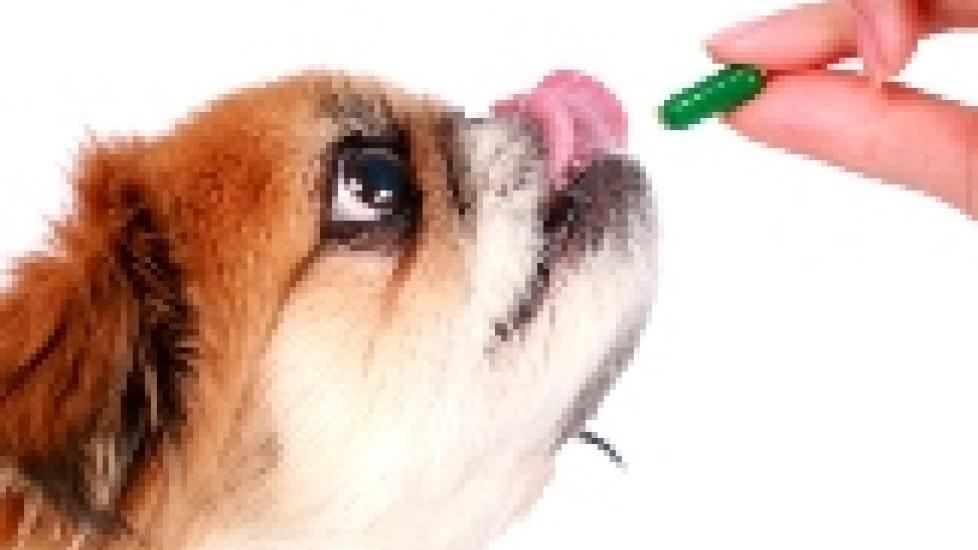Not All Nutritional Supplements for Dogs are Made Equal
I just listened to a disturbing report on the public radio show Science Friday about the variability of the quality of nutritional supplements available on the market in the United States. It dealt with human nutritional supplements, but since many owners use these products in the hopes of preventing or treating disease in their pets, it is very relevant.
The entire segment is available on the Science Friday website, but here are a few highlights:
- The supplement industry brings in approximately 5 billion dollars a year.
- Researchers recently found that only 2 out of 12 companies put what they claimed was in their supplements in the package. 59% of the supplements contained plant material that wasn’t on the label, and 9% of the “supplements” contained ONLY rice or wheat.
- Two recent studies looked at black cohosh, which is often used to treat menopausal symptoms. They showed that between one-fourth and one-third of the supplements examined contain NO black cohosh.
One way to ensure that your are getting what you are paying for (and not paying for contaminants you don’t want) is to look for products that carry the USP (United States Pharmacopeia) seal or verified mark. The USP is “an independent, not-for-profit organization who sets all of the quality standards for prescription and over-the-counter (OTC) medications as well as other healthcare products manufactured or sold in the Unites States.”
The best explanation I’ve found for what the USP seal means is from the newsletter Pharmacology Weekly:
In order for a product to be able to present that seal or USP verified mark, the product must pass the USP's comprehensive verification process, which does a number of things. First, it verifies the identity, strength, purity and quality of the dietary supplement. This includes dietary supplements as well as pharmaceutical ingredients.
If the consumer or clinician sees that a product is USP verified, then this also means the following:
1. What is on the label is in fact in the bottle. This includes all listed ingredients in their declared amount.
2. The supplement does not contain harmful levels of contaminants. 3. The supplement will break down and actually release the ingredients into the body. 4. The supplement has been made under good manufacturing practices.
The newsletter article goes on to make an important point, which ties in nicely with the Science Friday segment. While the USP seal does indicate that the product you are buying contains what is on the label and does not contain potentially harmful contaminants, it does not tell you that the “active ingredient(s)” are either safe or effective. While medications have to pass this hurdle before entering the marketplace, the same is not true for nutritional supplements.
The state of research into nutritional supplements is spotty to say the least. The quality of the studies often also leaves a lot to be desired. Unfortunately, this puts owners in the position of either forgoing potentially beneficial treatments due to a lack of basic information or having to take a leap of faith when picking out supplements for their pets.
How do you handle this situation?

Dr. Coates
Image: Thinkstock
